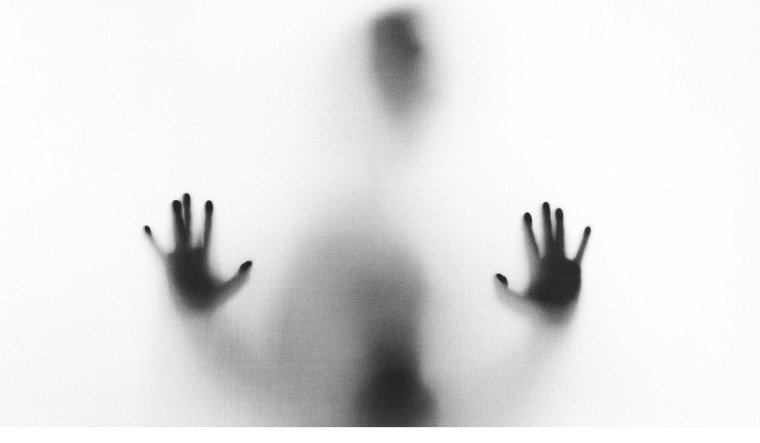In our Craft Capsules series, authors reveal the personal and particular ways they approach the art of writing. This is no. 155.

Is not the most erotic portion of the body where the garment gapes?
—Roland Barthes
The gape in a garment—an undone button, the slit of a skirt—is erotic because of the way it reveals tantalizing glimpses of flesh. Brevity likewise lures the reader forward with hints and possibilities. As much as a writer might want to tell the whole story, fleeting appearances can be more exciting. The words and images of a short-short narrative, also known as flash fiction, are akin to the brush of a hand from a lover. Flash is the art of the sidelong glance.
Desire forms itself around the ambiguous, those feints and teases that keep us captivated by the mere suggestion of fulfillment. The author calculates just how much and when to reveal. A question is posed, but not answered. Pleasure doesn’t come from the satisfaction of desire so much as it comes from its pursuit. Writers’ materials are traditionally the wiles we conjure with words—but in flash fiction, in particular, that also includes what we choose to omit, or subtly suggest. As Casanova said, “Love is three quarters curiosity.” Storytellers must think with the mischievous mind of a flirt.
Flirting is a silent language, a way of signaling interest and attraction in the space that exists between lover and beloved, writer and reader. The best flirts know how to strike the right balance between sending a signal and then withdrawing, knowing how each gesture changes the storyline. A veil exists between writer and reader, so you have to think about how to lift the veil. If you give too much information, you leave your readers no room for imagination. But if you’re appropriately coy, the reader will want more. It’s like playing with a cat with a ball of yarn. If you dangle the yarn, the cat will try to catch it over and over again, even after the string slides through its paws. Every paragraph you write might be like the string you tease a cat with.
Miranda Williams’s “The Apocalypse in Stages or Your First Kiss,” anthologized in The Best Small Fictions (Sonder Press, 2022), is a good example of a flash story that pulls you along, as if trying to grasp that string. The story is constructed around snippets that function like gapes in a garment, each of the six sections offering a peek at the progression of the narrator’s first kiss alongside equally brief and fragmentary views of the apocalypse. We read about “dresses the color of chewing gum,” a boy’s “honey-coated hair,” “fruit-scented perfume,” and the taste of “summer dew or saliva.” These details pull the reader forward, abutting apocalyptic descriptions of motionless vessels littering the streets, bodies disintegrating, the end of life. These apocalyptic visions also function as gapes in the garment. The two stories live alongside each other, touching each other, existing within each other—kissing each other, in their way. The last lines read, “He doesn’t speak to you again, but you keep grasping. Grasping at nothing. Like a child reaching for fairytales.” A world has ended. And begun.
One of my favorite images to describe the essence of flash fiction is lipstick traces left on a Kleenex. So suggestive. So colorful. So mysterious. And then the question: Is it the mark of a kiss that has happened, or the sign of a kiss yet to come?
Exercise: The Gape of the Garment
“The way her body existed only where he touched her. The rest of her was smoke,” wrote Arundhati Roy in The God of Small Things (Random House, 1997). Write a single flash story of attraction that includes just one touch, but not necessarily a sexual touch. Focusing on a single touch allows you to tell the story of a moment, as opposed to the sweep of a longer story or novel. The narrative has to reside in the gape of the garment—the oblique, the tantalizing, the unspoken. How can a single touch be a charged moment?
One of the most erotic moments of my youth might have been during a movie when I was fourteen and very romantically shy: My leg brushed against the leg of a girl whom I had a crush on. Or did her leg press against mine? And if it did, was it an accident? That might be the story I write for this exercise. Brevity is about the tiniest of moments, the fleeting. That is when the garment gapes, when life opens with hope or expectation.
After you write your story, ask yourself: How did thinking of the compressed form of your story as sensuous, as something centered around a touch, affect it?
Adapted from The Art of Brevity: Crafting the Very Short Story, published this month by the University of New Mexico Press.
Grant Faulkner is the executive director of National Novel Writing Month (NaNoWriMo) and cofounder of 100 Word Story. He is the author of The Art of Brevity: Crafting the Very Short Story (University of New Mexico Press, 2023), All the Comfort Sin Can Provide (Black Lawrence Press, 2021), Pep Talks for Writers: 52 Insights and Actions to Boost Your Creative Mojo (Chronicle Books, 2017), and Fissures: One Hundred 100-Word Stories (Press 53, 2015). He is also an editor of Nothing Short Of: Selected Tales from 100 Word Story (Outpost19, 2019). Faulkner’s stories have appeared in the Gettysburg Review, the Southwest Review, and Tin House, among other publications, and have been anthologized in collections such as New Micro: Exceptionally Short Fiction (Norton, 2018) and The Best Small Fictions 2016 (Braddock Avenue Books, 2017). His essays on creativity have been published on Literary Hub and in the New York Times, Poets & Writers Magazine, the Writer, and Writer’s Digest. Find Grant online on Facebook, Twitter, and Instagram. Listen to his podcast Write-minded and subscribe to his newsletter Intimations: A Writer's Discourse.
Art: Stefano Pollio








